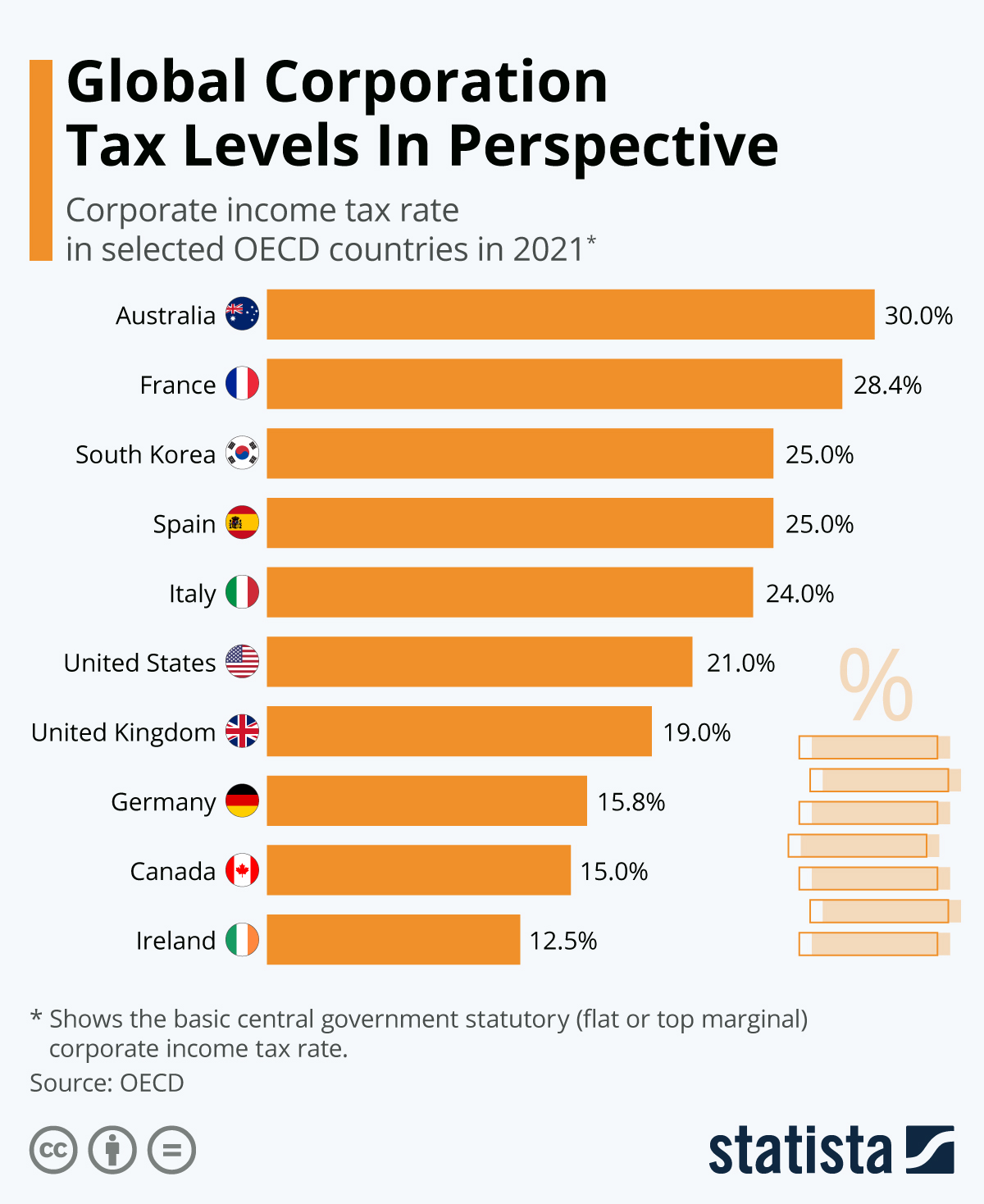G7 Finance Ministers’ communiqué will most likely not bring any credit rating improvements for multinational corporations.
“We strongly support the efforts underway through the G20/OECD Inclusive Framework”, says the Finance Ministers and Central Bank Governors of the G7’s Communiqué, “to address the tax challenges arising from globalisation and the digitalisation of the economy and to adopt a global minimum tax.”
So far there are only a few details: “We commit to reaching an equitable solution on the allocation of taxing rights, with market countries awarded taxing rights on at least 20% of profit exceeding a 10% margin for the largest and most profitable multinational enterprises. We will provide for appropriate coordination between the application of the new international tax rules and the removal of all Digital Services Taxes, and other relevant similar measures, on all companies. We also commit to a global minimum tax of at least 15% on a country by country basis.”
With a view to the federal election in Germany and the responsibility of the Federal Minister of Finance, who is also the candidate for chancellor of what is currently the third largest party in Germany, the planned date for the implementation of the project should fall during the German election campaign phase: “We agree on the importance of progressing agreement in parallel on both Pillars and look forward to reaching an agreement at the July meeting of G20 Finance Ministers and Central Bank Governors.”
Higher tax revenues are among the hoped-for short-term benefits for the governments involved. For countries like the Federal Republic of Germany, the question arises whether there is an overall economic advantage, since Germany is one of the strongest exporting nations a large part of the added value of German companies is achieved abroad. Since the planned tax particularly affects the largest corporations, especially the technology groups, which are also monitored by the international rating agencies, the consequences for the current ratings must be analyzed. The new tax could change the structure of capital allocation as well as the legal structures.
Subscribe to get access
Read more of this content when you subscribe today.
The following infographic uses OECD data to show the basic central government statutory (flat or top marginal) corporate income tax rate in a selection of countries.
 You will find more infographics at Statista
You will find more infographics at Statista



















